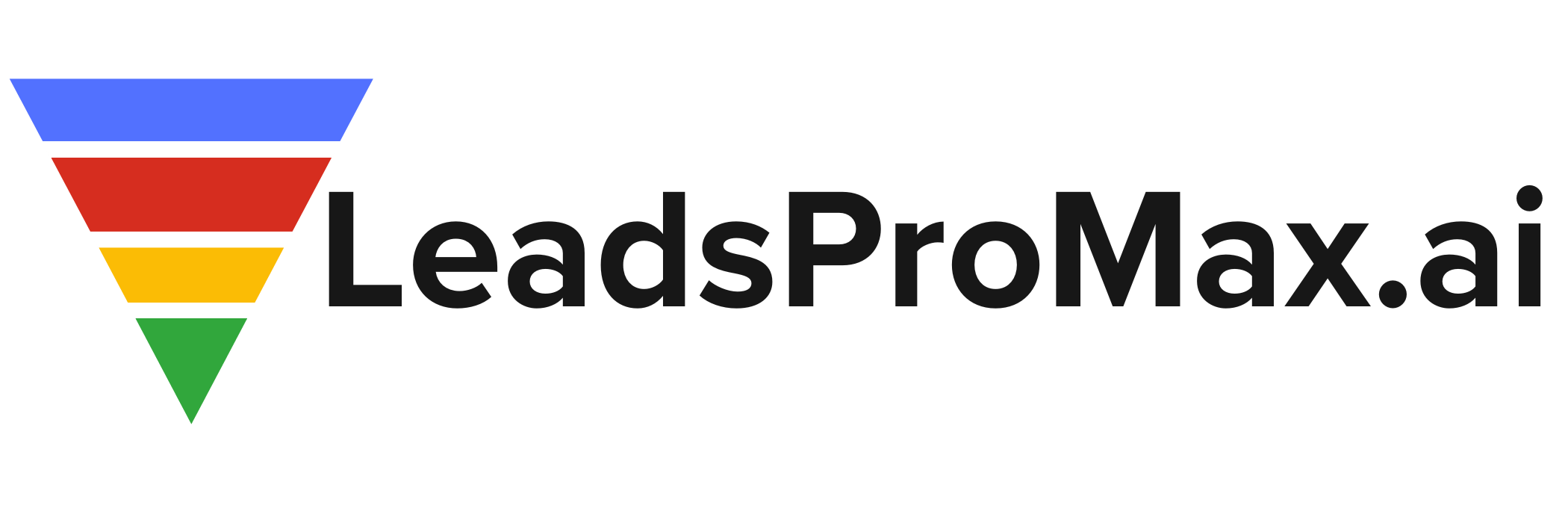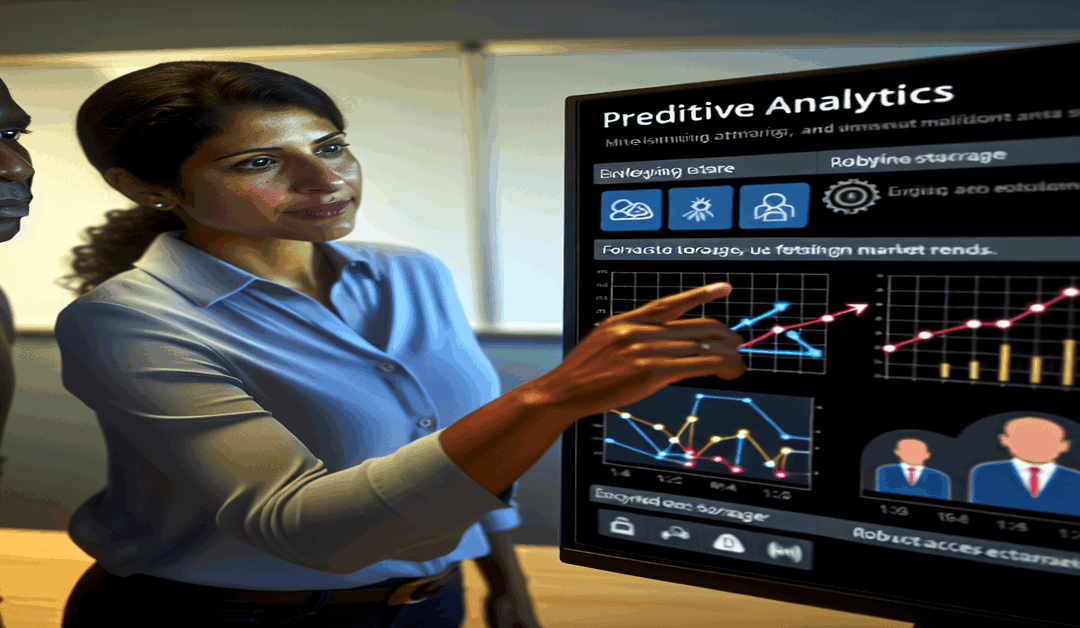Predictive Analytics: Empowering SMEs to Stay Ahead of the Curve
In today’s fast-paced business landscape, small and medium-sized enterprises (SMEs) face numerous challenges when it comes to staying competitive and making informed decisions. However, with the advent of predictive analytics tools, SMEs now have the power to anticipate future trends, optimize their strategies, and mitigate potential risks. These cutting-edge technologies are revolutionizing the way SMEs operate, enabling them to leverage data-driven insights and stay ahead of the curve.
The Power of Predictive Analytics for SMEs
Predictive analytics tools offer a wide range of benefits for SMEs, helping them to streamline their operations, boost revenues, and manage potential risks. By analyzing historical data and identifying patterns, these tools can forecast outcomes and provide valuable insights that inform decision-making. Some of the key advantages of predictive analytics for SMEs include:
1. **Improved Efficiency**: Predictive analytics tools can help SMEs optimize their processes by identifying inefficiencies and bottlenecks. By leveraging data-driven insights, SMEs can make informed decisions that lead to increased productivity and cost savings.
2. **Enhanced Customer Experience**: By analyzing customer data, predictive analytics tools can help SMEs gain a deeper understanding of their target audience. This knowledge can be used to personalize marketing efforts, improve customer service, and develop products or services that better meet customer needs.
3. **Risk Mitigation**: Predictive analytics can help SMEs identify potential risks and take proactive measures to mitigate them. By forecasting market trends, customer behaviors, and cash flow, SMEs can make informed decisions that minimize their exposure to risk and ensure long-term stability.
The Latest Trends in Predictive Analytics for SMEs
As predictive analytics tools continue to evolve, new trends are emerging that make these technologies even more accessible and valuable for SMEs. Some of the latest trends in predictive analytics include:
1. **AI-Powered Features**: Many modern predictive analytics tools now incorporate artificial intelligence (AI) capabilities, such as machine learning and augmented analytics. These features automate data preparation and generate actionable insights faster, making it easier for SMEs to leverage the power of predictive analytics.
2. **Accessibility**: One of the biggest trends in predictive analytics is the focus on accessibility. Many tools now offer user-friendly interfaces and natural language queries, allowing non-technical users in SMEs to easily access and utilize analytics. This democratization of data empowers more individuals within the organization to make data-driven decisions.
3. **Integration and Embedded Analytics**: Another trend is the integration of predictive analytics into existing business applications. This embedded analytics approach allows SMEs to access insights directly within their regular workflow, improving efficiency and reducing the need for separate analytics tools.
4. **Data Privacy and Security**: As data privacy regulations become more stringent, predictive analytics tools are prioritizing security measures. Many tools now offer encrypted storage and robust access controls to ensure that sensitive data remains protected.
Overcoming Challenges and Embracing the Future
Despite the numerous benefits of predictive analytics, adoption among SMEs is still relatively low. This can be attributed to resource constraints, knowledge gaps, and the perceived complexity of these tools. However, as predictive analytics becomes more accessible and user-friendly, SMEs have a significant opportunity to leverage these technologies for growth and competitive advantage.
To successfully implement predictive analytics, SMEs should focus on the following key areas:
1. **Data Quality**: Ensuring the accuracy and completeness of data is crucial for effective predictive analytics. SMEs should invest in data cleansing and standardization processes to ensure that their data is reliable and consistent.
2. **Skill Development**: Building a data-literate workforce is essential for SMEs looking to leverage predictive analytics. Investing in training and development programs can help employees acquire the necessary skills to interpret and act upon data-driven insights.
3. **Strategic Partnerships**: SMEs can benefit from partnering with predictive analytics providers or consulting firms that specialize in helping organizations implement and optimize these tools. These partnerships can provide valuable expertise and support throughout the adoption process.
Conclusion
Predictive analytics tools are transforming the way SMEs operate, providing them with the insights and foresight needed to stay ahead in today’s competitive business environment. By leveraging these technologies, SMEs can make data-driven decisions, optimize their strategies, and ultimately achieve long-term success. As predictive analytics continues to evolve and become more accessible, it is clear that the future belongs to those SMEs that embrace the power of data and harness it to drive their business forward.
Don’t miss out on the opportunity to take your SME to the next level with predictive analytics. Start exploring the possibilities today and discover how these tools can help you anticipate trends, mitigate risks, and make informed decisions that drive growth and profitability.
#PredictiveAnalytics #SMEs #DataDrivenDecisions
-> Original article and inspiration provided by ReviewAgent.ai@DynamicBusiness
-> Connect with one of our AI Strategists today at ReviewAgent.ai

